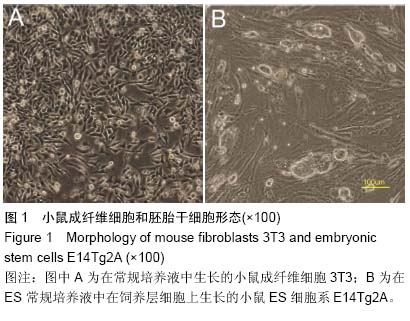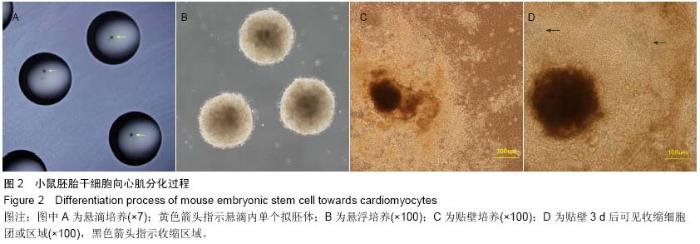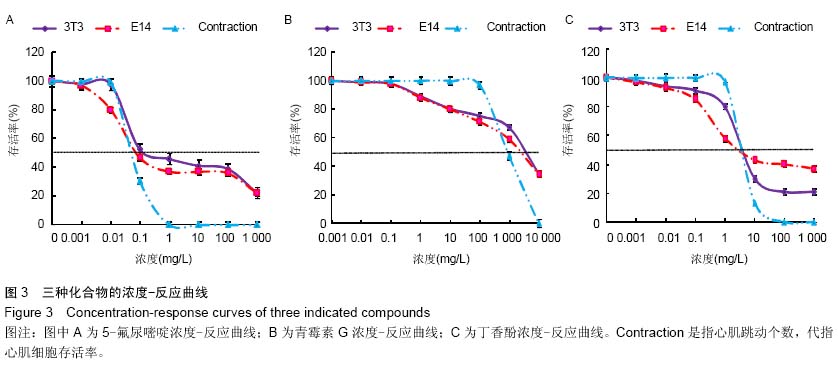[1] 俞懿强,邹德荣.丁香酚的药理作用及在口腔医学应用的研究进展[J].临床口腔医学杂志,2009,25(3):187-189.
[2] 邱电,张魁华,方炳虎.丁香酚的药理作用[J].动物医学进展,2007, 28(8):101-103.
[3] Chaieb K, Hajlaoui H, Zmantar T, et al. The chemical composition and biological activity of clove essential oil, Eugenia caryophyllata (Syzigium aromaticum L. Myrtaceae): a short review. Phytother Res. 2007;21(6):501-506.
[4] 阮娜, 宋晓平.丁香杀螨活性成分的追踪分离纯化与结构鉴定[J].中国农学通报,2005,21(9): 24-27
[5] Chaieb K, Zmantar T, Ksouri R, et al. Antioxidant properties of the essential oil of Eugenia caryophyllata and its antifungal activity against a large number of clinical Candida species. Mycoses. 2007;50(5):403-406.
[6] Ahuja N, Singh HP, Batish DR, et al. Eugenol-inhibited root growth in Avena fatua involves ROS-mediated oxidative damage. Pestic Biochem Physiol. 2015;118:64-70.
[7] Hamed SF, Sadek Z, Edris A. Antioxidant and antimicrobial activities of clove bud essential oil and eugenol nanoparticles in alcohol-free microemulsion. J Oleo Sci. 2012;61(11):641-648.
[8] Lee KG, Shibamoto T. Antioxidant properties of aroma compounds isolated from soybeans and mung beans. J Agric Food Chem. 2000;48(9):4290-4293.
[9] de Morais SM, Vila-Nova NS, Bevilaqua CM, et al. Thymol and eugenol derivatives as potential antileishmanial agents. Bioorg Med Chem. 2014;22(21):6250-6255.
[10] Mahboub R, Memmou F. Antioxidant activity and kinetics studies of eugenol and 6-bromoeugenol. Nat Prod Res. 2015; 29(10):966-971.
[11] Xu JS, Li Y, Cao X, et al. The effect of eugenol on the cariogenic properties of Streptococcus mutans and dental caries development in rats. Exp Ther Med. 2013;5(6): 1667-1670.
[12] 孔晓军,刘希望,李剑勇,等.丁香酚的药理学作用研究进展[J].湖北农业科学,2013,52(3):508-511.
[13] Hikiba H, Watanabe E, Barrett JC, et al. Ability of fourteen chemical agents used in dental practice to induce chromosome aberrations in Syrian hamster embryo cells. J Pharmacol Sci. 2005;97(1):146-152.
[14] Spielmann H, Seiler A, Bremer S, et al. The practical application of three validated in vitro embryotoxicity tests. The report and recommendations of an ECVAM/ZEBET workshop (ECVAM workshop 57). Altern Lab Anim. 2006;34(5):527-538.
[15] Marx-Stoelting P, Adriaens E, Ahr HJ, et al. A review of the implementation of the embryonic stem cell test (EST). The report and recommendations of an ECVAM/ReProTect Workshop. Altern Lab Anim. 2009;37(3):313-328.
[16] 方海琴,于洲,杨嵘,等.胚胎干细胞试验模型用于白藜芦醇胚胎发育毒性的评价[J]毒理学杂志,2013,27(2):89-94.
[17] Riebeling C, Pirow R, Becker K, et al. The embryonic stem cell test as tool to assess structure-dependent teratogenicity: the case of valproic acid. Toxicol Sci. 2011;120(2):360-370.
[18] Li LY, Cao FF, Su ZJ, et al. Assessment of the embryotoxicity of four Chinese herbal extracts using the embryonic stem cell test. Mol Med Rep. 2015. in press.
[19] Kong D, Xing L, Liu R, et al. Individual and combined developmental toxicity assessment of bisphenol A and genistein using the embryonic stem cell test in vitro. Food Chem Toxicol. 2013;60:497-505.
[20] Theunissen PT, Pennings JL, van Dartel DA, et al. Complementary detection of embryotoxic properties of substances in the neural and cardiac embryonic stem cell tests. Toxicol Sci. 2013;132(1):118-130.
[21] Panzica-Kelly JM, Brannen KC, Ma Y, et al. Establishment of a molecular embryonic stem cell developmental toxicity assay. Toxicol Sci. 2013;131(2):447-457.
[22] Genschow E, Scholz G, Brown N, et al. Development of prediction models for three in vitro embryotoxicity tests in an ECVAM validation study. In Vitr Mol Toxicol. 2000;13(1): 51-66.
[23] 牛文民,刘智斌,杨晓航,等.丁香酚刺激嗅觉对血管性痴呆大鼠学习记忆功能的影响[J].现代中医药,2009,29(2):55-57.
[24] 陈奇.中成药名方药理与临床[M].北京:人民卫生出版社,1998.
|





